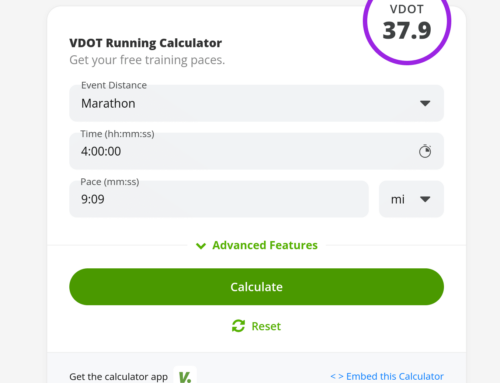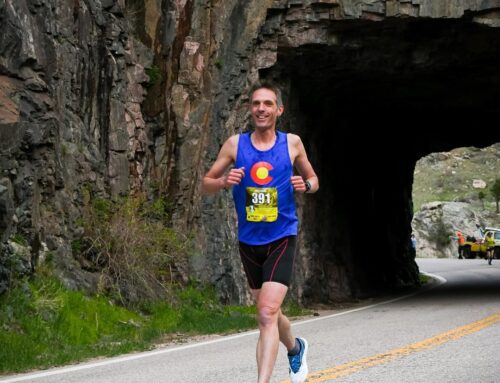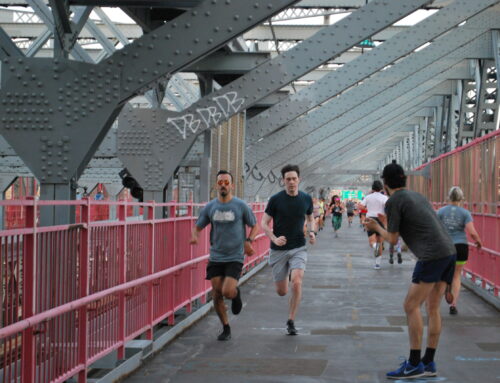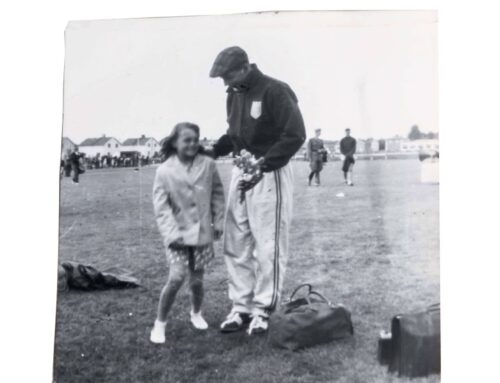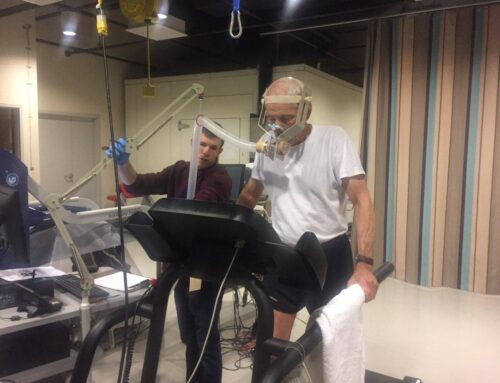[Editor’s Note: The key to training effectively for the Boston Marathon is how well you strategically incorporate undulating terrain in your workouts. But what if you don’t have easy access to undulating terrain? We asked the master on how a runner can utilize the treadmill to help prepare for the course at Boston.]
By Dr. Jack Daniels
Most important is to not do too much or too steep downhill running as this really stresses the quads. I’d suggest only about 2% grade (both during uphill and downhill running on the treadmill. The speed will be about 10-12 seconds per mile faster than anticipated flat marathon pace when running downhill and about 12-15 sec per mile slower than flat marathon pace when running uphill.
The Boston course can lead to a time about 2-minutes faster than a flat course, if overall, your pace is kept under control and you don’t let the early downhills take you out too fast. Many runners run the first 5-10 miles too fast and that kills their quads for the second half of the race. If you haven’t gone too fast early, the last several miles are sort of downhill and can be faster than normal, assuming you haven’t killed your quads early on.
For duration, during treadmill training runs, do some steady 2-3 mile runs when going up or downhill, and make those runs at the faster and slower speeds mentioned above. Early in the training cycle it may be better to do some alternate flat and downhill runs and alternate flat and uphill runs — say a mile down followed by a flat mile a couple times in a row, and the same for uphill runs — 1-mile up, then flat, and then up again.
Another good workout is to do some of those Marathon-pace/Threshold-pace runs on a flat course. For example — 2-miles Easy warmup then 3-miles at M-pace followed by 1-mile T-pace and another 3-miles at M-pace, and this can even be doubled — 3 M + 1 T + 3 M + 1 T + 3 M. The mile of T-pace during a longer run at M-pace is like going uphill now and then.
Finally, make sure your stride rate is maintained around 180 steps per minute on downhill running on the treadmill or anywhere. The biggest mistake running downhill is to try to lengthen your stride as this leads to increased landing shock and injury. Focus on turning over well going up and downhill.
